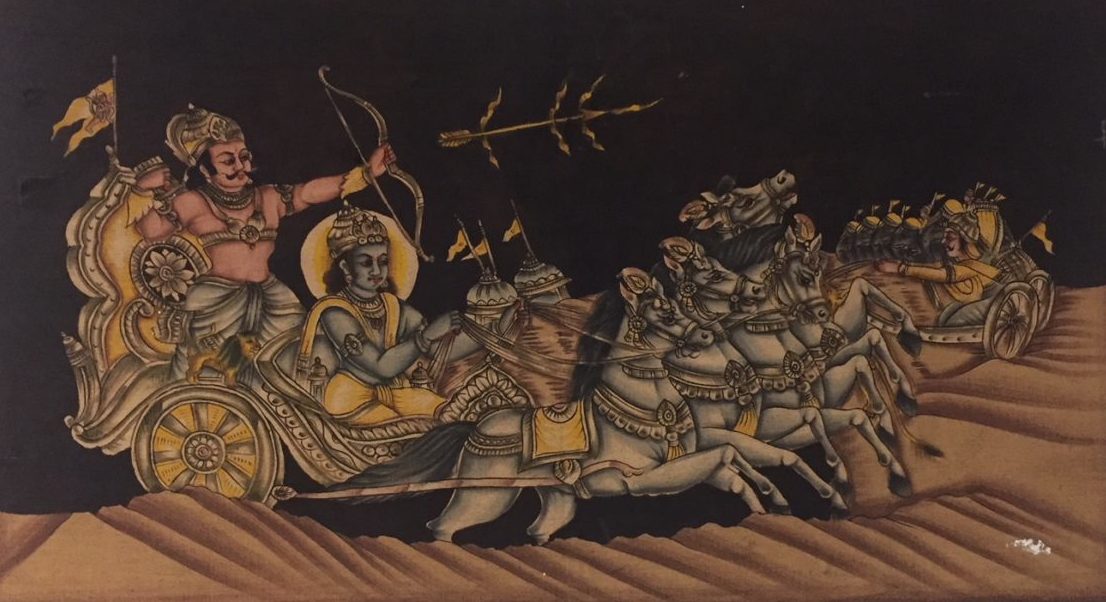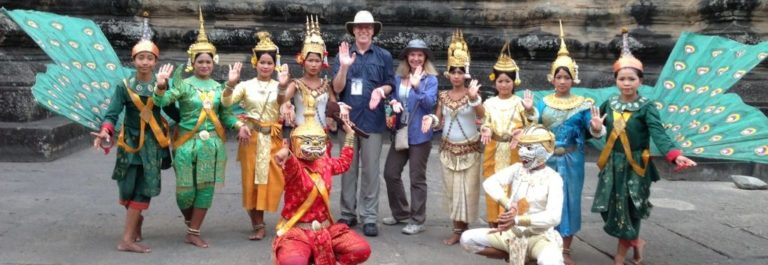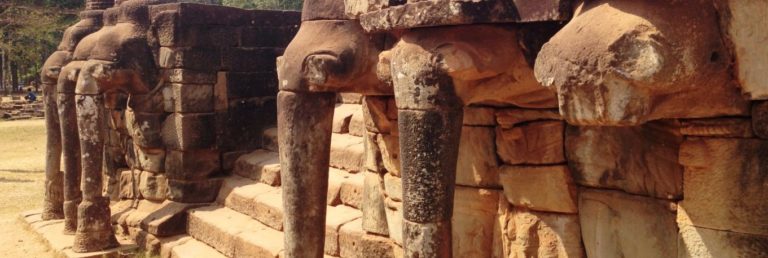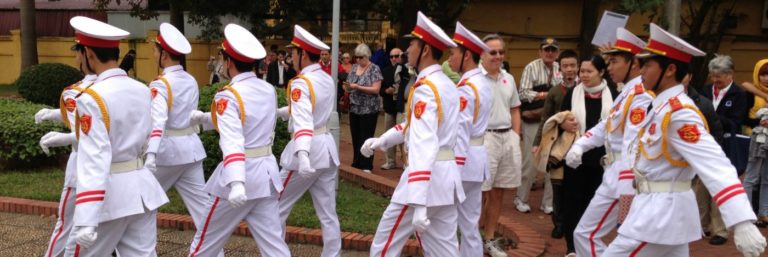Vietnam and Cambodia are heavily Buddhist. Our Cambodian guide told us “Cambodia is 95% Buddhist, and 100% superstitious!” Knowing something about Buddha and Buddhism would be beneficial for any traveler to Southeast Asia.
As the story goes, a Nepalese prince across the Himalayas had a personal epiphany about the meaning of life. In the famous anecdote, Prince Siddhartha Gautama left his sheltered palace life and encountered aged, diseased, and suffering subjects. This depressed him and he gave up his posh digs for the life of a beggar.
While meditating under a Bodhi (fig) tree, (shown above), he achieved his understanding of Life. As the “enlightened one”, he became known as Buddha. The location of this Bodhi Tree is preserved at the Bodh Gaya Temple in India which you may visit. For an excellent discussion of the life of Buddha, in the context of contemporary India, check out Meeting the buddha: On Pilgrimage in Buddhist India. To give it a shot yourself, check out Buddha in Blue Jeans: An Extremely Short Simple Zen Guide to Sitting Quietly
.
The particular brand of Buddhism in Cambodia is Theravada, which came by way of Sri Lanka. Vietnam is predominantly Mahayana Buddhism. The distinction between the two is probably only appreciated by devoted followers and relates to the specific texts and teachings used by each to produce enlightenment. The Heart of the Buddha’s Teaching: Transforming Suffering into Peace, Joy, and Liberation is an understandable primer on Buddhist principles.

The great majority of temples and iconography you will see in your travels throughout Southeast Asia is Buddhist. However, there is also a sufficient Hindu cultural influence that may warrant some review.
The essential epic is the Ramayana, (pronounced “ra-MY-yun uh). This is the story of Rama, the blue-skinned hero of Indian legend. This story is so important to Indian audiences that a 42-episode TV series has been produced and remains one of the most popular TV shows in India. Most of the bas-relief carvings at Angkor Wat tell the story of Rama.
Throughout temples, gift stores, and galleries, you will see pictures of a blue-skinned god-like figure with a bow. It is Rama. He has a constant enigmatic smile, similar to the Mona Lisa. This is a reflection of his understanding of the fickle nature of Life. A significant percentage of the male population of India is named Rama, as well as every Thai king. He’s a big deal. We strongly suggest an excellent book that relates the ancient epic to contemporary India called, Arrow of the Blue-Skinned God: Retracing the Ramayana Through India. It is a great introduction to this important tale.
In addition, pick up a paperback version of the short The Bhagavad Gita (Easwaran’s Classics of Indian Spirituality Book 1). This is the essential set of verses of the The Mahabharata (Penguin Classics)
, the other major Indian epic. It is considered a holy text. This is all about life, fate, faith, and morals. It is presented as a conversation between the warrior hero, Arjuna, and Lord Krishna, who is acting as Arjuna’s charioteer. There is a fascinating passage where Krishna, in a final effort to convince Arjuna of his authority, reveals a glimpse of the incomprehensible glory of the divine. It is dazzling, powerful, and astonishing to Arjuna. There are parallels to the visions of heaven described in Revelations or the last Canto of Dante’s Paradise.




